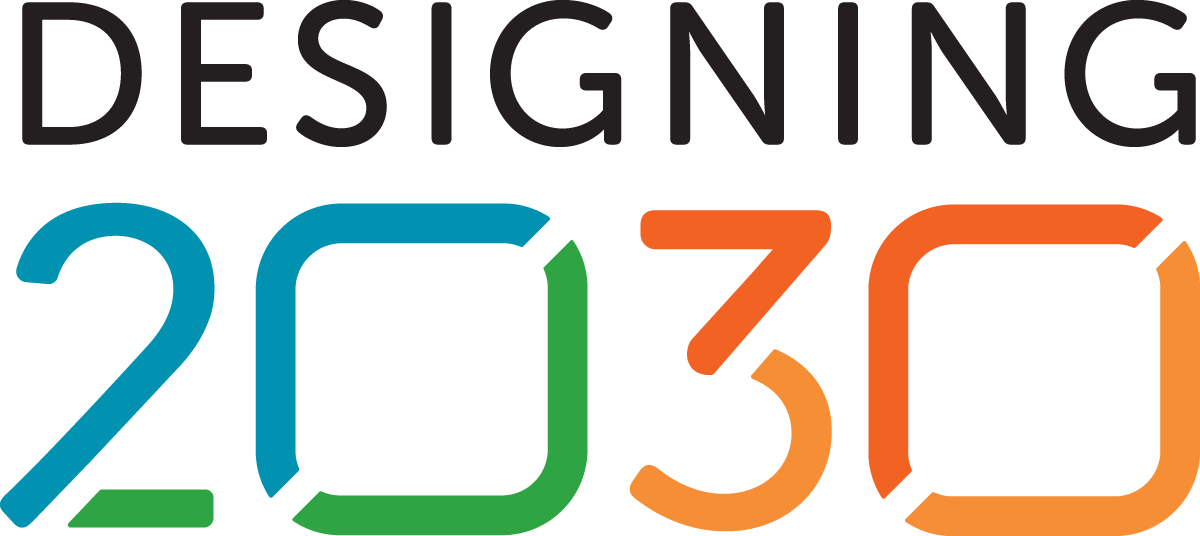
Questions
The following framing questions inspired the community to envision the future of teaching and learning:
- What should learning look like in 2030?
- What role will new or yet-unimagined technologies play in augmenting and supporting learning?
- How will information and data help teachers and mentors provide an ongoing ecosystem of support?
- How will all of these factors work together across learners' lives in ways that equip them for meaningful contributions as global citizens?


